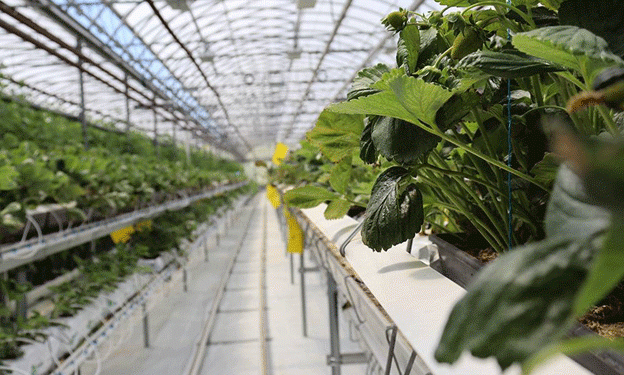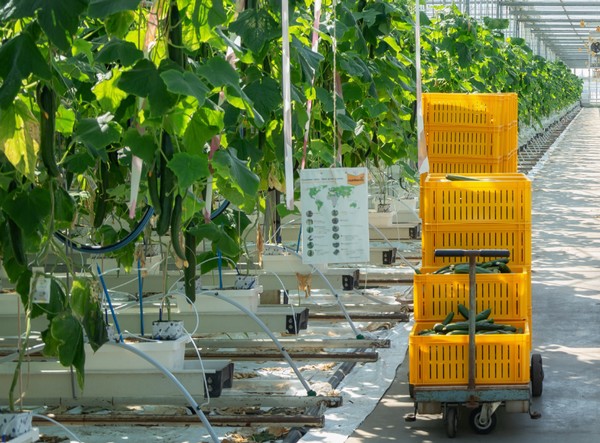Over the last decade, Canada’s greenhouse sector has emerged as a powerhouse in agricultural production, with a consistent increase in farm gate value for 11 consecutive years. In 2023, this value surged by 9.2% to reach $2.5 billion, doubling in size from ten years ago. This remarkable growth underscores the sector’s potential, but it also highlights the pressing challenges that must be addressed to ensure future expansion and sustainability.
Infrastructure and Energy Challenges
One of the primary barriers to continued growth is infrastructure. Greenhouse production in Ontario, which is projected to more than double in acreage over the next ten years, faces significant challenges in accessing essential resources such as energy, water, waste management, and labor. For instance, the Windsor-Essex and Chatham areas are expected to see peak energy demand rise from 500 megawatts (MW) in 2023 to approximately 2,100 MW by 2035, driven largely by growth in greenhouse production and advanced manufacturing sectors. This dramatic increase underscores the urgent need for infrastructure upgrades to support sustainable growth.
Energy costs have surged by 55% between 2013 and 2023, significantly impacting the greenhouse sector’s carbon footprint, which is heavily reliant on natural gas. Addressing the “energy trilemma”—the balance between demand, emissions, and costs—is crucial for the industry. Solutions such as renewable natural gas, hydrogen, and clean electricity could enable Canadian greenhouses to thrive in a low-carbon economy.
Productivity and Land-Use Efficiency
Canada’s greenhouses are globally recognized for their productivity and land-use efficiency. The country produces 4.6 times more per area of land than Spain, slightly more than the Netherlands, and 2.6 times more than Mexico. This high efficiency is a critical strength that must be maintained as the industry scales up to meet both domestic and international demand.
The western United States represents a key market for export growth. Currently, greenhouse vegetables account for 39% of Canada’s fresh produce exports, with 99.5% destined for the U.S., spanning from New York to Florida. Expanding into the U.S. Midwest’s 68-million-strong market could further boost exports, provided that Canada builds strong relationships, effective branding, and robust cold chain logistics.
Innovation in Controlled Environment Agriculture
Innovation remains a cornerstone of Canada’s greenhouse success. The controlled environment of greenhouses allows for optimized plant growth through dynamic systems of lighting, fertigation, and heating. Low-tech solutions like horizontal curtains to retain heat and high-tech innovations such as early genetic testing to combat disease and pests are being adopted to enhance efficiency and resilience.
The ability to grow fruits and vegetables in enclosed structures offers significant climate adaptation benefits, making production more resilient to extreme weather events and seasonal shifts. This is increasingly important as climate change continues to disrupt traditional farming practices. The economic costs of inaction are high, emphasizing the need for proactive measures to integrate climate action with food supply goals.
Canada’s greenhouse sector stands at a pivotal point. The impressive growth and productivity achievements of the past decade highlight its potential to meet rising food demand amid global population growth. However, the sector must address critical challenges related to energy, infrastructure, and logistics to sustain this momentum. By continuing to innovate and improve resource efficiency, Canada’s greenhouses can play a crucial role in ensuring a resilient and sustainable food system for the future.










